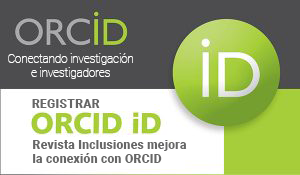METHODOLOGICAL PROBLEMS OF THE COMPLEMENTARY SEMANTIC APPROACH IN TEACHING GENERAL EDUCATION SUBJECTS
Palabras clave:
Complementary semantic approach, Image, Idea, Associative thinking, Methodology, ArtResumen
The article examines the patterns and principles of organizing the educational process in a general education school as the methodological problems of the complementary semantic approach in education, which implements the ideas of humanization and humanitarization of education. The complementary semantic approach is defined and the perspectives of the development of education in accordance with modern-day reality are identified. Owing to the fact that it combines the languages of science and art, the complementary semantic approach aims for generating different types of thinking (objective, symbolic, imaginative, creative) the synthesis of which would allow developing the independence of thinking and the skills of social adaptation and collective problem-solving. The principles of the educational process that realize all the aforementioned patterns are determined and substantiated and include spatial modeling of the educational process, mutual complementarity and intersection of science and art, interdisciplinary recursiveness, image-sign visualization, alternative solutions, associative links.
Descargas
Descargas
Publicado
Número
Sección
Licencia
Los autores retienen los derechos de autor y otorgan a Revista Inclusiones el derecho de publicación bajo Creative Commons Reconocimiento 4.0 Internacional (CC BY 4.0). Bajo esta licencia, cualquier usuario puede copiar, distribuir y reproducir el contenido en cualquier medio o formato, siempre que se cite adecuadamente al autor y a la revista como fuente original.











